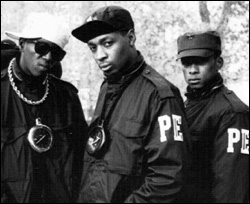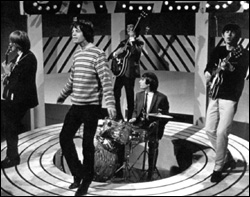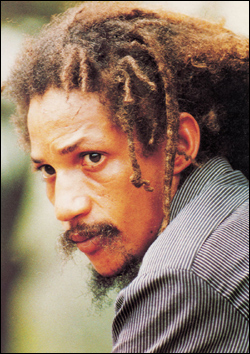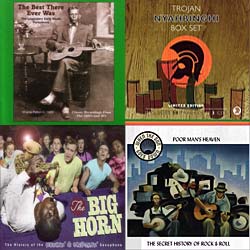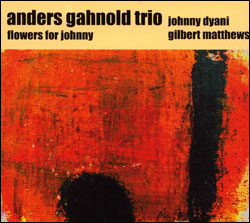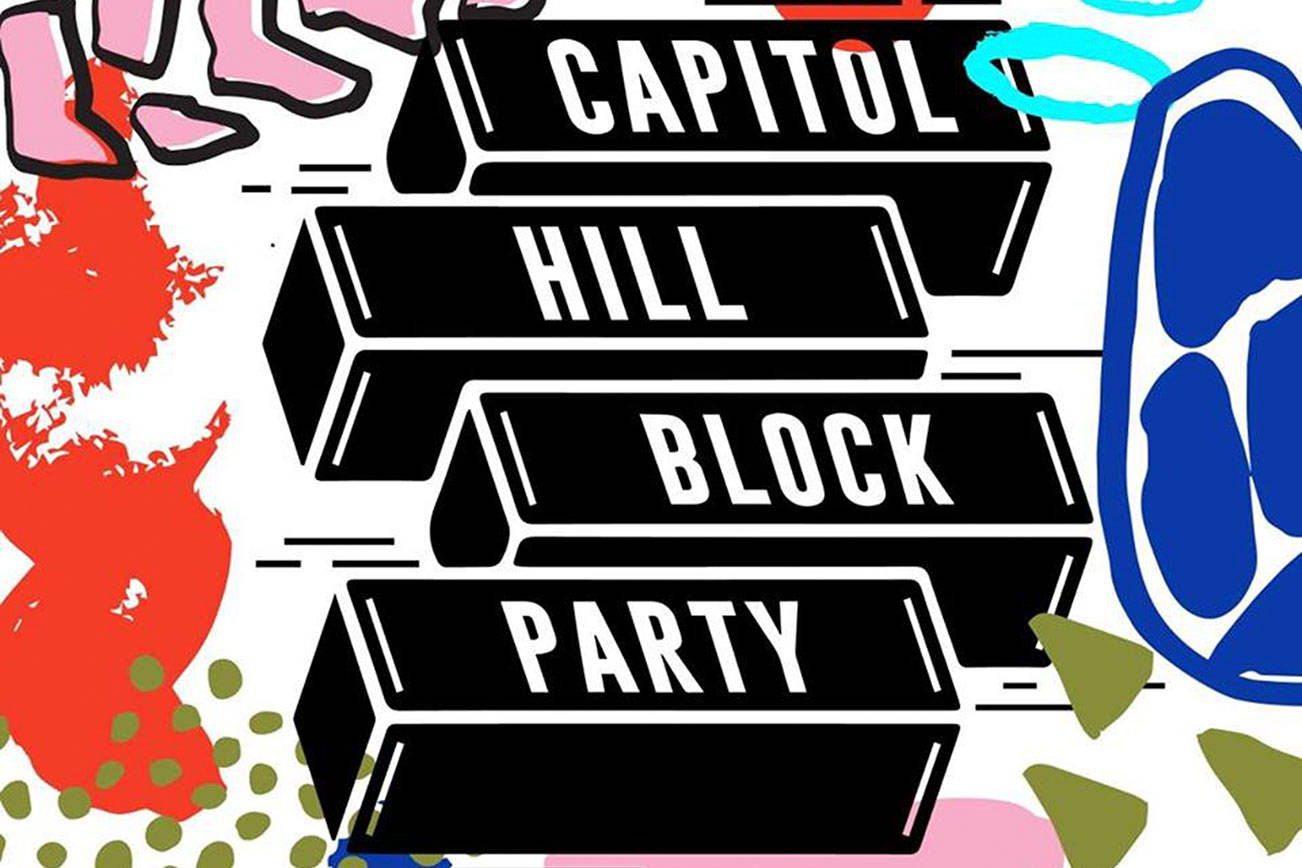VARIOUS ARTISTS
The Hip Hop Box
(1979–2003, Hip-O)
It’s suggestive that the 50 years since Brown v. Board of Education are bisected by “Rapper’s Delight”—the anchor for this four-disc, 25th-anniversary set. Much has been achieved along the path to integration, but distinctly Afro-American culture has, if anything, gathered strength. None of the songs on the now canonical first disc here was a big hit. Their obscurity makes it all the more surprising that such invention took place during the Dark Age of Ronald Reagan. But by Eric B. & Rakim’s “Follow the Leader,” from 1988, which opens disc two, rap was poised to bust down doors. The second disc spans just two years, but that’s all it took to spin out everything from Public Enemy to A Tribe Called Quest to 2 Live Crew to Ice-T to Biz Markie. Genre comps are usually meant to introduce wary outsiders to a music they don’t much know, and the first two discs here do the job without watering anything down. But genre comps also tend to impose the compiler’s concept onto a genre, which brings us to the last two discs. Hip-hop expanded and evolved and mutated from 1991 on, so if you turned 20 serious fans loose to summarize the past 13 years on two CDs, it’s doubtful that any two would share more than four songs. It’s tempting to attribute this particular set to the licensing budget: Only about a third of what’s here comes from labels owned by Hip-O’s corporate parents, the Universal megalith, and they’re increasingly concentrated on the latter discs, including the final five songs. But most of what the fourth disc does is spotlight the era’s major commercial producers—Dr. Dre, Timbaland, the Neptunes—and it’s more consistently listenable than I would have expected. That’s another thing comps are for: salvaging good tracks from albums you wouldn’t bother with.
VARIOUS ARTISTS
The British Invasion: 1963–1967
(1961–67, Hip-O)
The Beatles’ first U.S. single came out in January 1964. In 1963 the total number of British singles to crack the U.S. Top 20 was one. In 1964 the number was 46, and the British Invasion turned into a marketing fad faster than you can say “Freddie and the Dreamers.” Major groups followed the Beatles, but aside from the Rolling Stones, its biggest hit makers were soon to be forgotten—partly because there’s never been a good (let alone great) British Invasion compilation, due mainly to licensing. The Beatles’ and Stones’ proprietors have never deigned to let their treasure appear in the company of Billy J. Kramer or the Troggs, but what’s harder to understand is why Universal couldn’t license anything from Herman’s Hermits or the Dave Clark Five for this box, or why there’s nothing from the Animals’ or Yardbirds’ prime. And why include Tom Jones but omit Petula Clark? Holes aside, the first two discs salvage entertaining trivia, but the third hangs on too long—into 1967, when the U.K. was bursting with psychedelia and art-rock experiments that detract from the concept. So does the fact that 12 of these songs never charted in the U.S. The two by the Who are forgivable; the two by Cat Stevens aren’t.
VARIOUS ARTISTS
The Roots of Rock ‘n’ Roll: 1946–1954
(1946–54, Hip-O)
Before Chuck Berry and Elvis Presley, there was already an exciting ferment of rocking, rolling music that still sounds accomplished and vital—not so much a precursor to rock and roll as a fountain of ideas that has repeatedly been tapped to reinvigorate rock and roll every time it threatens to go stale. The real roots go back further, through many strands like small-group swing, boogie woogie, Western swing, electrified blues, honky-tonk, and the legacies of Jimmie Rodgers, Cab Calloway, and the Mills Brothers. By 1946 those strands were coming together and cross-pollinating, especially in the vital ghetto of rhythm and blues, but a half-dozen songs from still-segregated white America are mixed in—mostly country songs with “Boogie” in the title. And for once, licensing is not a problem.
